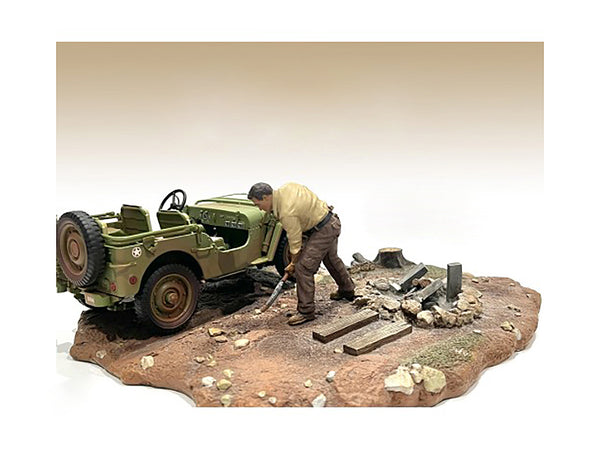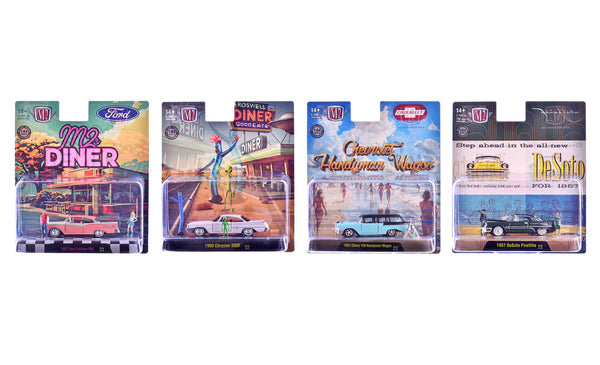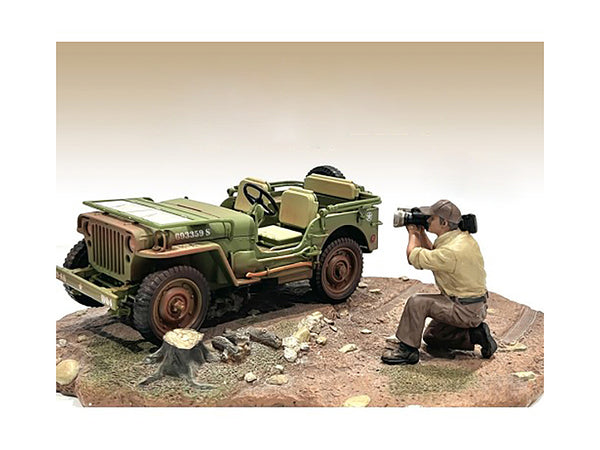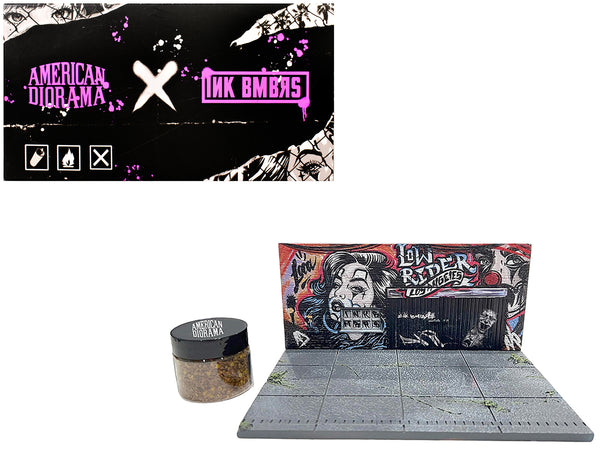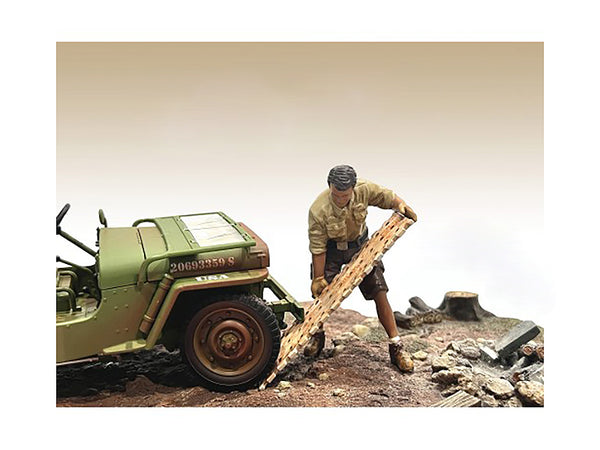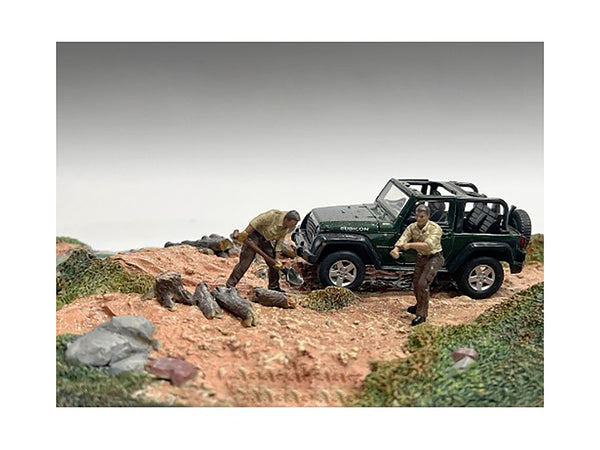
Guide for DIY Car Wash: Instructions for a Professional Clean
Related Products
Share
Welcome to our ultimate guide to DIY car wash! Whether you're a car enthusiast or just want to save some money on car maintenance, cleaning your vehicle at home can give you that professional-level car wash without the hefty price tag. In this step-by-step guide, we will walk you through the process of achieving a spotless car wash from the comfort of your own driveway.
With our expert tips and techniques, you'll learn how to wash your car like a pro, starting with the proper supplies and equipment you'll need. From prepping the vehicle to tackling tough stains and finishes, we'll provide detailed instructions to ensure you achieve a showroom-worthy result. With a little time, effort, and the right know-how, you can keep your car looking its best and protect its paintwork for years to come.
So, grab your bucket, soap, and sponge, and get ready to embark on your DIY wash journey. By the end of this guide, you'll be equipped with all the tools and knowledge necessary to keep your vehicle looking sleek and well-maintained. Let's dive in!
Maintaining the appearance of your car is essential not only for aesthetic reasons but also for its overall value. A regular car wash helps prevent dirt, grime, and contaminants from damaging the paint and finish. While a professional car wash can be convenient, they can also be expensive and may not always provide the level of care your vehicle deserves. That's where DIY car wash comes in.
Benefits of DIY Car Wash
1. Cost Savings: One of the most significant advantages of DIY car wash is the money you'll save in the long run. A professional car wash can cost anywhere from $10 to $25 per visit, depending on the services you choose. By investing in a few basic supplies, you can achieve the same level of cleanliness at a fraction of the cost.
2. Quality Control: When you wash your car at home, you have full control over the process and can ensure that every nook and cranny is thoroughly cleaned. This attention to detail is crucial for maintaining the appearance and longevity of your vehicle.
3. Convenience: With a DIY car wash, you have the flexibility to clean your car whenever it's convenient for you. No need to wait in line or adjust your schedule to fit in a professional car wash appointment. You can tackle the task on your own time, saving you both time and hassle.
Essential Supplies for a DIY Car Wash
Before you begin your DIY car wash, it's important to gather all the necessary supplies. Having the right tools at your disposal will make the process more efficient and effective. Here's a list of essential supplies you'll need for your car wash:
1. Bucket: Opt for a large, sturdy bucket that can hold a sufficient amount of water and cleaning solution.
2. Car Wash Soap: Choose a pH-balanced car wash soap specifically designed for automotive use. Avoid using household detergents, as they can strip away the protective wax layer.
3. Microfiber Wash Mitt or Sponge: Invest in a high-quality wash mitt or sponge made from microfiber material. Microfiber is gentle on your car's paint and helps prevent scratches.
4. Hose or Pressure Washer: A hose with a spray nozzle or a pressure washer with an adjustable nozzle will help you rinse off the soap and dirt effectively.
5. Wheel Cleaner: Use a dedicated wheel cleaner to remove brake dust and grime from your wheels. Different types of wheels require specific cleaners, so choose one suitable for your vehicle.
6. Tire Brush: A stiff-bristled tire brush will help you scrub away stubborn dirt and grime from your tires.
7. Drying Towels: Use soft, absorbent microfiber towels to dry your car after the car wash. Avoid using regular towels or cloths, as they can leave scratches on the paint.
8. Glass Cleaner: Choose a glass cleaner specifically formulated for automotive use to achieve streak-free, crystal-clear windows.
Now that you have all the necessary supplies, let's move on to the step-by-step guide for your car wash
Preparing the Car for Washing
Before you start washing your car, there are a few crucial steps you should take to ensure the process goes smoothly and effectively.
1. Find a Suitable Location: Choose a shaded area to wash your car, preferably away from direct sunlight. Washing your car in direct sunlight can cause the soap to dry quickly, leaving behind unsightly streaks.
2. Gather Your Supplies: Collect all the supplies mentioned earlier and place them within easy reach. This will save you time and prevent you from running back and forth between your car and the storage area.
3. Remove Personal Items: Take out any personal items from your car, including loose change, air fresheners, and removable accessories. This will make it easier to clean the interior and prevent any damage or loss.
4. Rinse the Car: Start by rinsing the entire car with water to remove loose dirt and debris. Use a hose or pressure washer to ensure thorough coverage.
Washing the Exterior
Now that you've prepped the car, it's time to start washing the exterior. Follow these steps for a thorough and effective clean:
1. Fill the Bucket: Fill your bucket with water and add the recommended amount of car wash soap. Use warm water to enhance the cleaning power of the soap.
2. Start from the Top: Begin your car wash from the top down to prevent dirt and grime from running down onto already cleaned areas. Use the microfiber wash mitt or sponge to apply the soapy solution to the car's surface in a gentle, circular motion.
3. Pay Attention to Detail: Take extra care when cleaning areas prone to dirt buildup, such as the front grille, wheel wells, and lower portions of the vehicle. Use a separate mitt or sponge for these areas to avoid spreading dirt to other parts of the car.
4. Rinse Frequently: Rinse the mitt or sponge in the bucket of clean water frequently to remove dirt and prevent scratching. This will ensure that you're always using a clean surface for the car wash.
5. Clean the Wheels and Tires: Use the dedicated wheel cleaner and tire brush to remove brake dust and grime from your wheels and tires. Apply the cleaner, scrub thoroughly, and rinse off with water.
Cleaning the Interior
While the exterior of your car may be the first thing people notice, a clean and well-maintained interior is equally important for a pleasant driving experience. Follow these steps to clean the interior of your car:
1. Remove Trash and Debris: Start by removing any trash, loose items, and debris from the interior. Use a handheld vacuum cleaner or a brush to clean the upholstery, carpets, and floor mats.
2. Wipe Surfaces: Use a microfiber cloth and an appropriate interior cleaner to wipe down surfaces such as the dashboard, center console, door panels, and steering wheel. Pay attention to areas prone to fingerprints and smudges.
3. Clean Windows and Mirrors: Spray an automotive glass cleaner onto a microfiber cloth and wipe down the windows and mirrors. Use a separate cloth to ensure a streak-free finish.
4. Freshen Up: To keep your car smelling fresh, use an air freshener or fabric spray designed for automotive use. Choose a scent that suits your preference but avoid overpowering fragrances.
Drying and Finishing Touches
After washing the exterior and cleaning the interior, it's time to dry your car and add those finishing touches for a polished look:
1. Dry the Exterior: Use soft, absorbent microfiber towels to dry the exterior of your car. Start from the top and work your way down, ensuring all water droplets are removed.
2. Dry the Interior: Use a separate set of microfiber towels to dry the interior surfaces, including seats, dashboard, and door panels. Ensure that no moisture is left behind to prevent mold or mildew growth.
3. Apply Wax (Optional): If you want to add an extra layer of protection and shine to your car's paintwork, consider applying a coat of car wax after the car wash. Follow the instructions on the wax product for best results.
4. Clean the Windows: Use a glass cleaner and a microfiber cloth to give the windows and mirrors a final wipe-down. Check for any streaks or smudges and make sure they are completely removed.
While DIY car washes can be a cost-effective way to keep your car clean, there are some common mistakes to avoid:
1. Using Dish Soap: Avoid using household dish soap as it can strip away the protective wax layer on your car's paint. Stick to pH-balanced car wash soap designed for automotive use.
2. Using the Wrong Towels: Regular towels or cloths can leave scratches on your car's paint. Invest in high-quality microfiber towels that are soft and absorbent.
3. Washing in Direct Sunlight: Havng your car wash in direct sunlight can cause the soap to dry quickly, leaving behind streaks and water spots. Choose a shaded area or do your car wash during cooler hours of the day.
4. Neglecting the Interior: Don't forget to clean the interior during the car wash. A clean and well-maintained interior enhances the overall driving experience.
Congratulations! You've successfully completed the ultimate guide to DIY car wash. By following our step-by-step instructions and expert tips, you can achieve a professional-level clean for your vehicle without breaking the bank. Regular DIY car washes will not only keep your car looking sleek and well-maintained but also protect its paintwork for years to come.
Remember to gather all the essential supplies, prep your car properly, and follow the recommended techniques for a thorough and effective clean. By avoiding common mistakes and paying attention to detail, you'll be able to enjoy your clean and shiny ride whenever you hit the road.
So, grab your supplies, put on some music, and make the car wash a fun and rewarding activity. Your vehicle will thank you for the extra care and attention you give it. Happy DIY car washing!
Before you begin the car wash process, it's important to properly prepare your vehicle. This will ensure that you have a clean surface to work with and minimize the risk of scratching or damaging your car's paintwork.
First, start by gathering all the necessary supplies and equipment for your DIY car wash. You'll need a bucket, car wash soap, a microfiber sponge or mitt, a hose with a nozzle attachment, and a soft microfiber towel for drying.
Next, find a suitable location to wash your car. Ideally, you want to choose an area with shade to prevent the soap from drying too quickly and leaving behind water spots. It's also important to have access to a water source and a drain to dispose of the dirty water properly.
Once you have your supplies and location ready, it's time to prepare your car. Start by removing any loose dirt or debris from the exterior using a soft brush or hose. This will help prevent any scratches during the washing process.
Once the interior is clean, it's time to dry and add those finishing touches to your car. Start by using a clean, dry microfiber towel to remove any remaining moisture from the exterior. Wipe in straight lines to prevent streaks.
Next, apply a high-quality wax or sealant to protect your car's paintwork and give it that extra shine. Follow the manufacturer's instructions for application and allow the product to dry before buffing it off with a clean microfiber towel.
Finally, take a step back and inspect your work after the car wash . If you notice any areas that need a touch-up, go back and clean or dry them accordingly. Don't forget to clean the wheels and tires using a separate brush and cleaner designed specifically for these surfaces.
While washing your car at home can be a rewarding experience, there are some common mistakes that you should avoid to ensure a successful outcome. Here are a few things to keep in mind:
1. Using the wrong type of soap or cleaner: Always use a car wash soap specifically designed for automotive use. Avoid using household detergents or harsh chemicals that can strip away the car's protective coating.
2. Washing in direct sunlight: Washing your car in direct sunlight can cause the soap to dry quickly, leaving behind water spots. Choose a shaded area or wash your car during the cooler hours of the day.
3. Using dirty or abrasive materials: Make sure your sponge or mitt is clean before washing your car. Using dirty or abrasive materials can scratch the paintwork.
4. Neglecting the wheels and tires: The wheels and tires tend to accumulate a lot of dirt and brake dust. Be sure to give them a thorough clean using the appropriate cleaning products and brushes.
